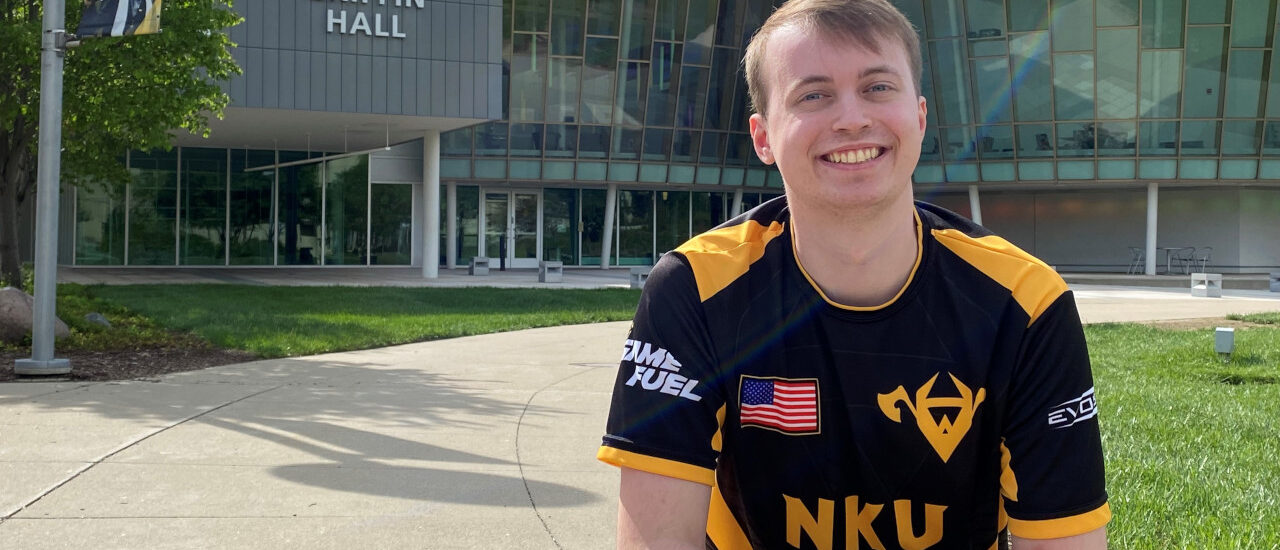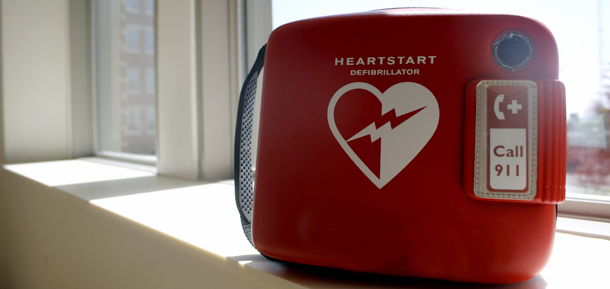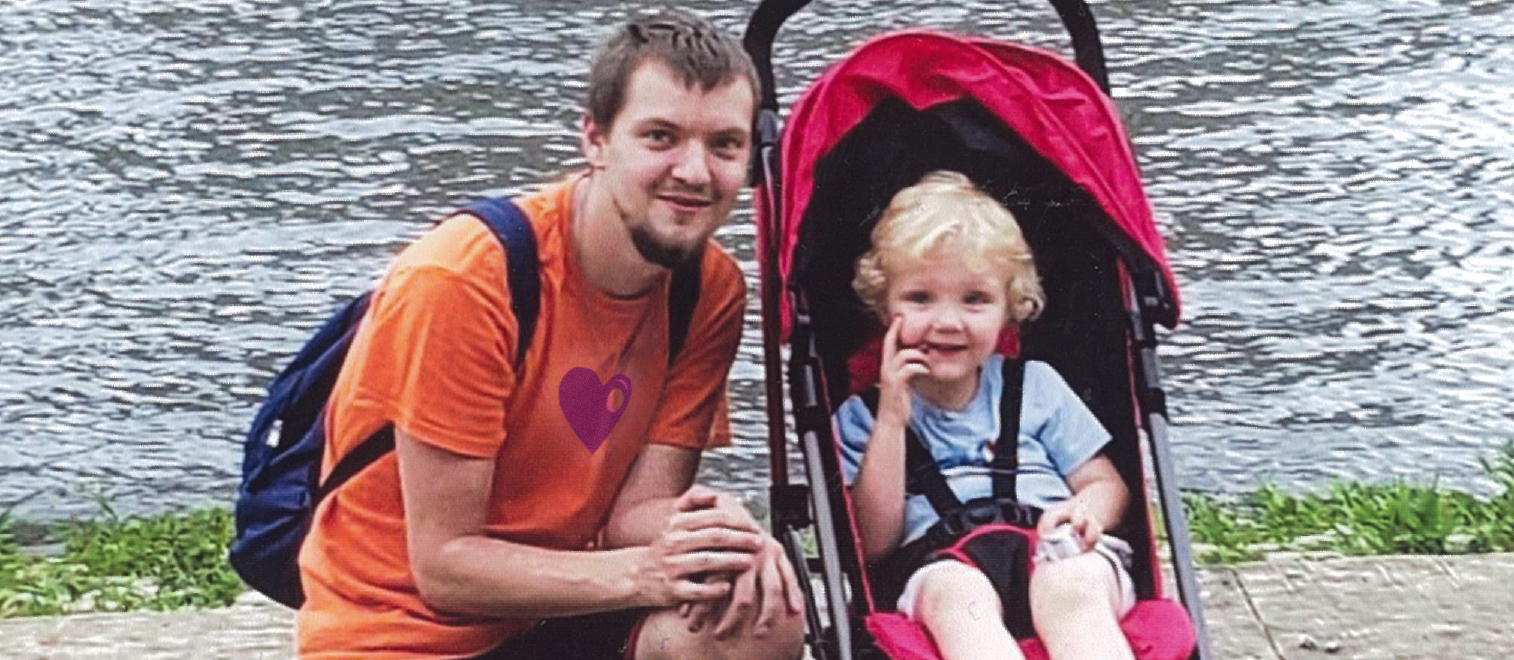While sudden death in teens is rare, it usually occurs during physical activity such as a sporting event.
Since November 2011, researchers at Cincinnati Children’s Hospital have been investigating whether echocardiography should be included as part of screenings to help identify student athletes with heart problems that could lead to sudden cardiac arrest.
The findings of the study, presented at the annual meeting of the American Society of Echocardiography on July 1, suggest that adding a modified echocardiogram to the current protocol of taking a family history, getting a physical exam and an EKG, could increase the sensitivity of finding previously unidentified heart defects in competitive athletes.
Echocardiography uses sound waves to produce images of the heart. This commonly used, noninvasive test allows doctors to see how well the heart is beating and pumping blood to help them diagnose, evaluate and monitor various abnormalities in the heart muscle and valves.

“EKG is a good tool, but may not be sensitive enough to catch problems that could lead to sudden death,” says Dr. Michelle Grenier, a physician at Cincinnati Children’s Heart Institute and one of the investigators in the study.
Screening for risk of sudden death in athletes has long been a topic of controversy, in part because of the time and expense involved.
“We found that a 15-image modified echo, which took nine minutes, on average, to obtain, is a fiscally responsible test that yields important information when screening student athletes for structural heart disease and cardiomyopathies that are the major cause of sudden cardiac arrest,” says Dr. Grenier.
Of the 85 participants screened, ten of them had abnormal echoes when read in real-time by a cardiologist not involved in the study. These teens had a normal history, physical exam and EKG. The group was referred for a complete echocardiogram, which later substantiated the preliminary diagnosis of the modified screening.
“Our goal is to provide useful information to care providers so they can better counsel athletes and their families on full participation in sports. The cost effectiveness and impact on reducing the rate of sudden cardiac death aren’t yet known, but the impact on quality of life in reassurance of cardiac health during exercise is priceless,” says Dr. Grenier.
Read the complete press release about the study on our website newsroom.
A Cause Close to the Heart
Researchers at Cincinnati Children’s Heart Institute are currently looking for healthy athletes between the ages of 14 and 18 to participate in a free screening event related to this study on Saturday, July 21, 2012 at the Cincinnati Children’s Outpatient Northern Kentucky Campus in Crestview Hills, KY. For more information or to register, visit https://scdy.research.cchmc.org or call the study coordinator at 513-803-0366.
The screenings are made possible because of a $5,000 donation from Simon’s Fund, a non-profit organization that seeks to prevent sudden death from heart abnormalities.
Cincinnati native Darren Sudman and his wife Phyllis started Simon’s Fund in memory of their infant son, Simon, who died in his sleep in 2005 from an undetected heart rhythm disorder called long QT syndrome. By all signs, Simon was healthy and normal.
Hoping to better understand what happened to their son, the couple began researching heart conditions that cause sudden death and learned that one in every 100 children are born with a heart abnormality.
After reading about the 2010 death of Jose Cerda Navarro, a passionate swimmer and water polo player who attended Sudman’s alma mater, Sycamore High School, Sudman offered a donation from Simon’s Fund to fund free heart screenings for Cincinnati area athletes.
Navarro collapsed on his 18th birthday at swim practice and died. Doctors believe he had an unidentified heart defect.
Based in Philadelphia where the Sudman’s now live, Simon’s Fund works with schools and organizations to provide free heart exams to children, sponsors medical research projects, hosts awareness events, works with major medical institutions and promotes legislation.
According to the website, the organization has screened over 4,000 people and helped at least 38 students discover potentially fatal heart conditions to date.
Cincinnati Children’s Heart Institute is ranked eighth in the nation for pediatric heart care and heart surgery in the 2012 U.S. News & World Report Best Children’s Hospital rankings. Learn more on our website.





